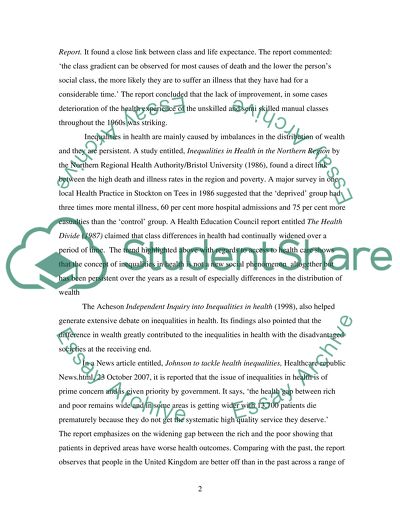Cite this document
(“'Health Inequalities Persist.' Discuss in relation to health and Essay”, n.d.)
'Health Inequalities Persist.' Discuss in relation to health and Essay. Retrieved from https://studentshare.org/miscellaneous/1545865-health-inequalities-persist-discuss-in-relation-to-health-and-health-care
'Health Inequalities Persist.' Discuss in relation to health and Essay. Retrieved from https://studentshare.org/miscellaneous/1545865-health-inequalities-persist-discuss-in-relation-to-health-and-health-care
('Health Inequalities Persist.' Discuss in Relation to Health and Essay)
'Health Inequalities Persist.' Discuss in Relation to Health and Essay. https://studentshare.org/miscellaneous/1545865-health-inequalities-persist-discuss-in-relation-to-health-and-health-care.
'Health Inequalities Persist.' Discuss in Relation to Health and Essay. https://studentshare.org/miscellaneous/1545865-health-inequalities-persist-discuss-in-relation-to-health-and-health-care.
“'Health Inequalities Persist.' Discuss in Relation to Health and Essay”, n.d. https://studentshare.org/miscellaneous/1545865-health-inequalities-persist-discuss-in-relation-to-health-and-health-care.


